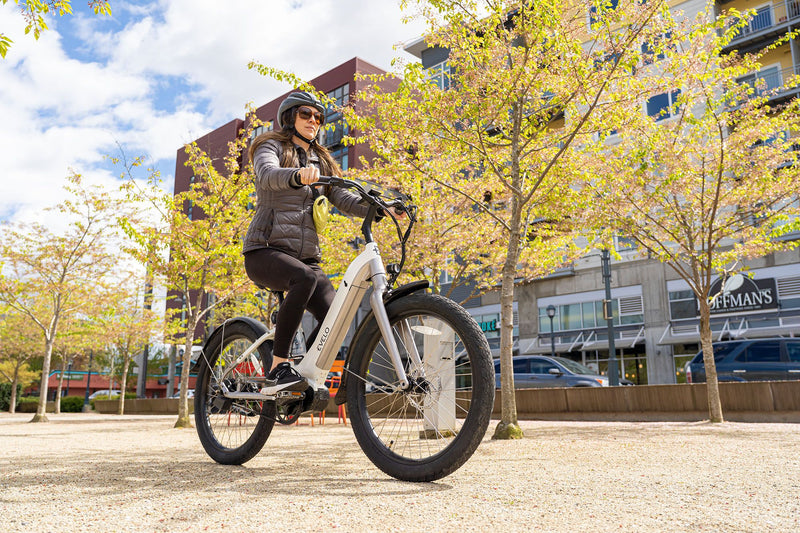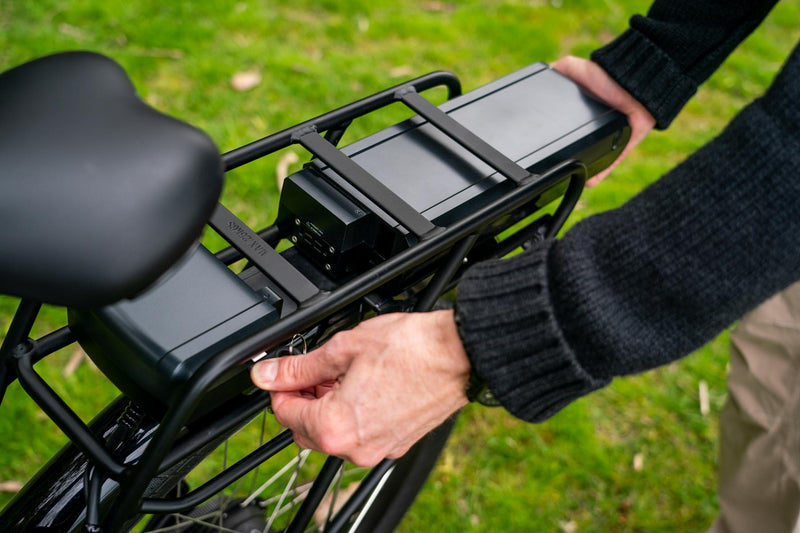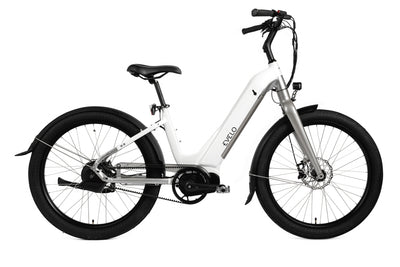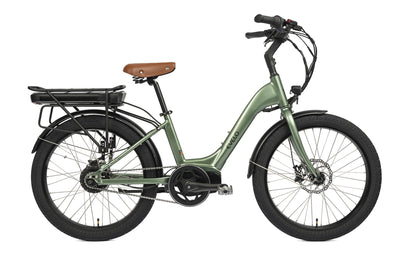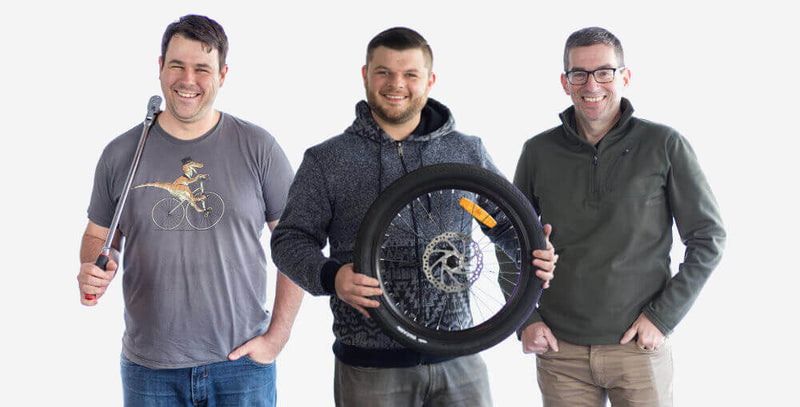It looks like a bike. It moves like a bike. But is it really a bike?
Without a doubt!
Contrary to popular thought, eBikes have been around for a long time, since the 19th century. In light of the many environmental and health concerns of the 21st century, they are definitely here to stay. There are plenty of cyclists out there who are confused about the eBike, though, and whether they are a good investment to have. Have a few of your own? Stay with us as we debunk four of the most common misconceptions about electric bikes.
Myth #1: You don’t get fit riding an eBike
This one is arguably the one you'll hear the most. After all, the battery and the motor drive the bike, right? While it is true that eBikes offer a little help with your ride, it's not entirely exercise-free. In fact, you might end up exercising more than you would on a regular bike.
Even though it's got a motor and a battery to help you ride easily, you still have to pedal to keep moving. A study has shown that a typical ride on an electric bike consumes about 75% of the calories that would be spent on a standard bike.
You don't have to go fully electric too! If you want to ride up that hill unassisted, you totally can. It's also a bit easier to incorporate riding your eBike into your workout schedule. You don't have to worry about getting stuck on that hefty hill again-just turn on the assistance, and you're on your way.
Many riders on electric bikes find that they ride longer distances than they would on a normal bike, and more often as well. In the long run, this translates to regular riding, which means that eBikes are excellent for cardio exercise, weight loss and generally keeping fit.
Myth #2: eBikes are complicated
eBikes definitely require a little more maintenance than ordinary bikes, but they're not overly complicated machines. Take the motor, the controller and the battery away, and you've got the bike that has been around for decades. If you can take care of the tire pressure, brakes and punctures on a normal bike, then you definitely can on an eBike.
The electrical components aren't a headache either- they almost never need any maintenance! As electric bike technology continues getting better, operating them isn't getting worse. Recharging them is as easy as charging a mobile phone. Whatever you cannot handle, a visit to your nearest mechanic for basic checks and regular servicing should leave you up and cycling in no time.
The most common problems, just like other bikes, come from the tires, so you need not panic. The tires get flat more often because they're a bit heavier than normal bikes, and that's just about the extra maintenance you'd have to do.
An added benefit is that these bikes can be connected to a smart device. Depending on the bike, you can have additional functionality such as heart rate monitor readings, GPS tracking, among others. A normal bike with a few extra features and a smartphone isn't that complicated, is it?
Myth #3: Riding an eBike is cheating
Unless you're into competitive cycling, then riding an eBike is definitely not cheating. For the majority of bike users, that isn't the case anyway - so no 'cheating' with an eBike!
If active cycling is your thing, you can turn off the electric assist and pedal all the way. The point of having an eBike is to get you where you want to go without pedaling much when you don't feel like it. And compared to other modes of commuting like taking the bus or the train, it's way much healthier. You can turn on the e-assist as you go to work to do the least work possible, then pedal to your heart's content on your way home.
eBikes aren't cheating around recreational cycling either. An electric bike aids you to go faster and further, with a bit of power to help you back home when you're tired. They make the ride a lot smoother, and you can actually enjoy yourself outdoors more.
EBikes are a convenient way to get around unless you're training for the next Tour de France! With just as many advantages as a normal bike and many more, it's unlikely you'll miss riding your old bike.
Myth #4: eBikes are heavy and cumbersome
The first difference people notice with an eBike over a regular bike is the added weight. To be fair, electric bikes of older times were chunky in comparison with their normal bike counterparts. However, thanks to the many technological advances since the first eBike, eBikes don't have to be much heavier than non-assisted bikes.
eBikes are heavy because they have to include a motor, a battery, and some form of a controller on top of the weight of other normal bike parts. Heavier bikes often mean more performance and assistance, so the extra weight can be forgiven because you use less energy to get around.
Modern eBikes are not only designed for comfort and ease of use but also to be aesthetically pleasing. This means that the eBikes' frames, battery and motor designs are getting better, especially for the user. There are now plenty of electric bikes that weigh very close to the regular bike.
eBikes are fun
eBikes aren't as bad as they've been painted to be. Despite the misconceptions you've heard about them, electric bikes are an excellent way to ride to your destination. They've got plenty of benefits as well-from keeping you fit to make your commute easier and even keeping the environment clean.
Assisted cycling with an eBike will have you enjoying the ride longer and with less effort- double the fun!



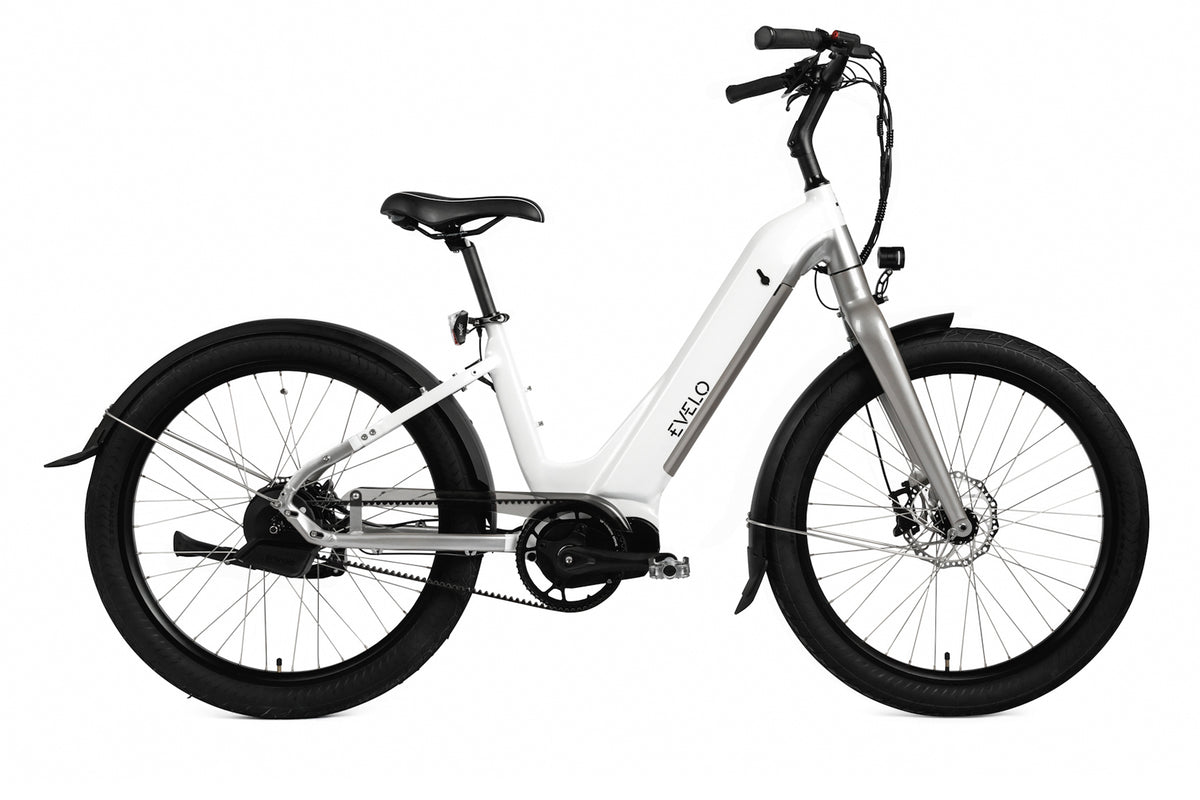
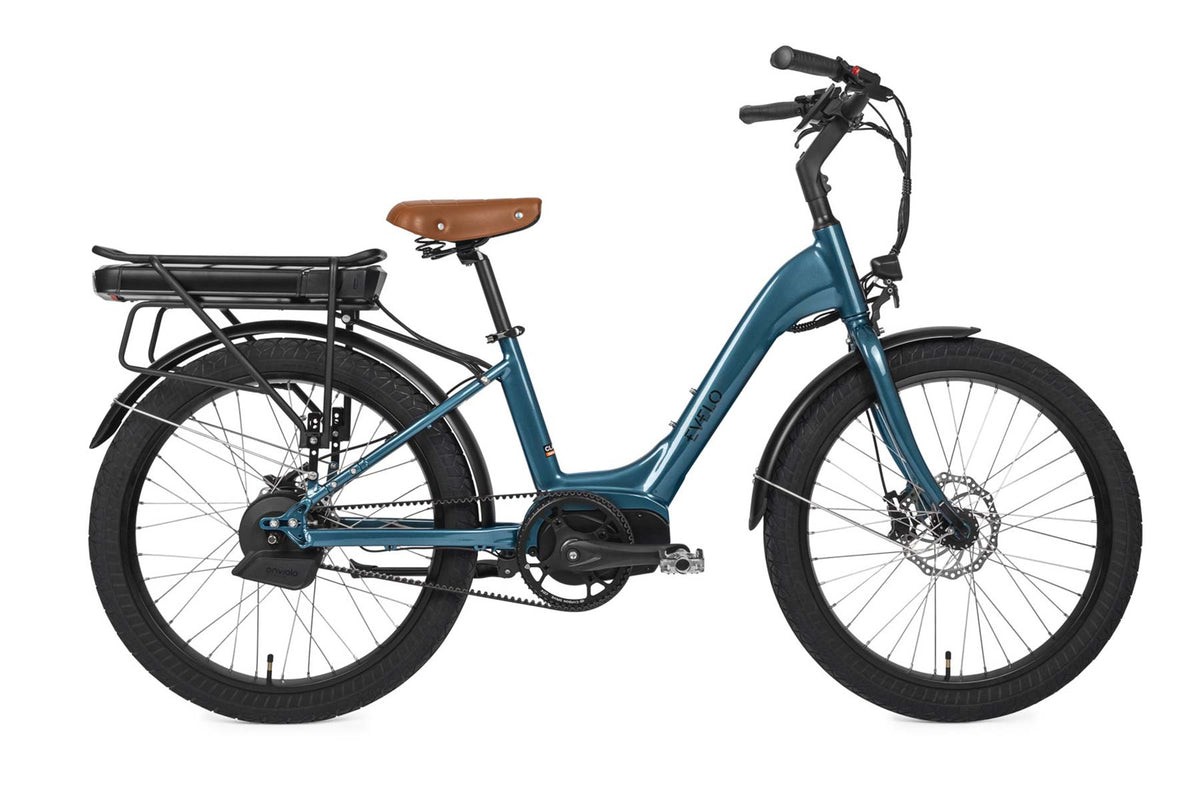


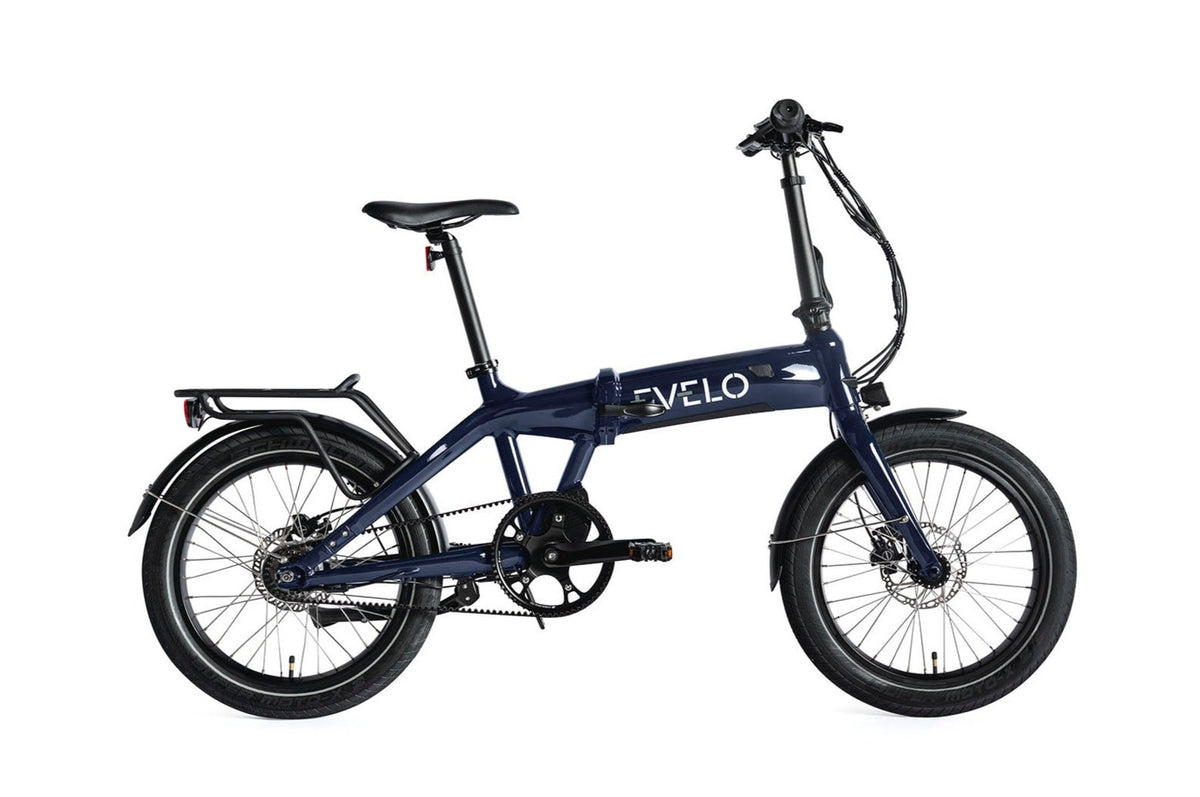
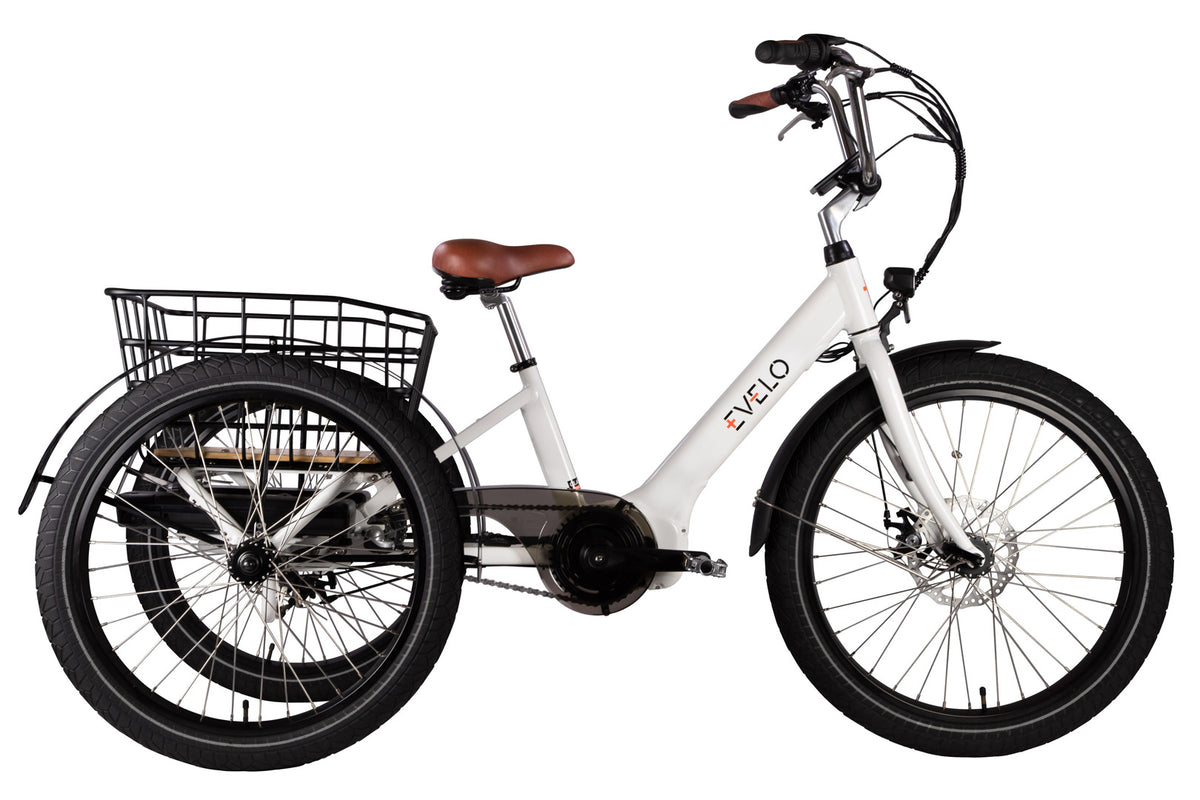
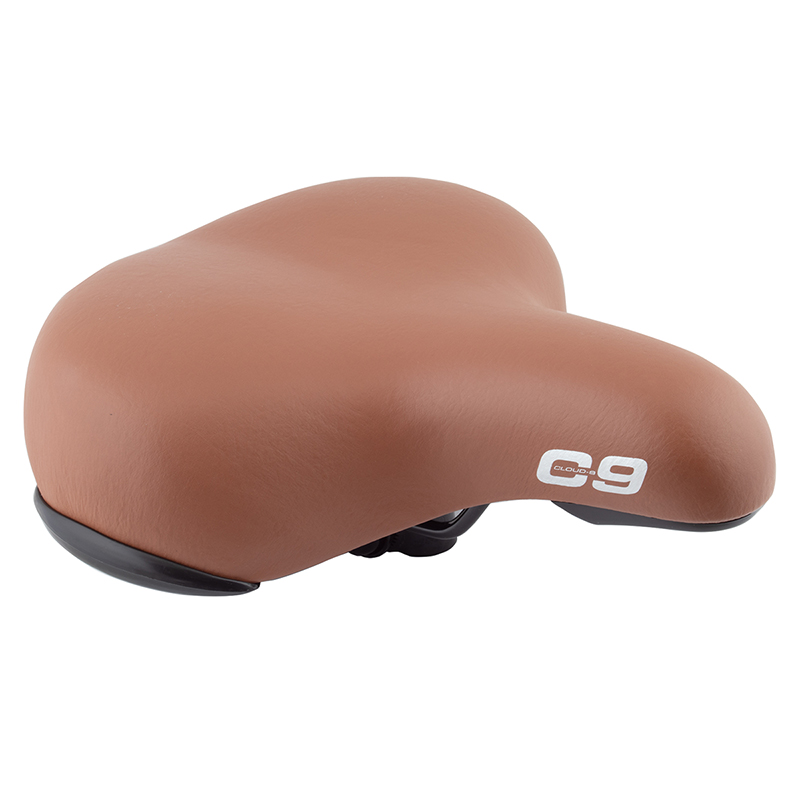
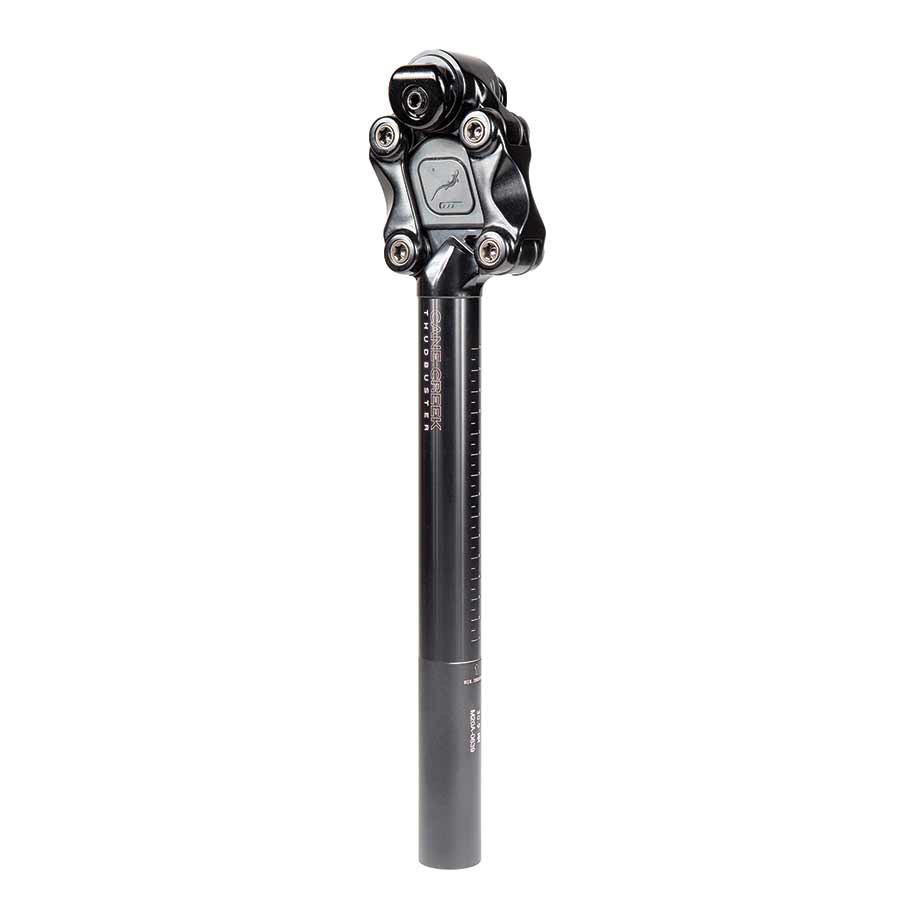

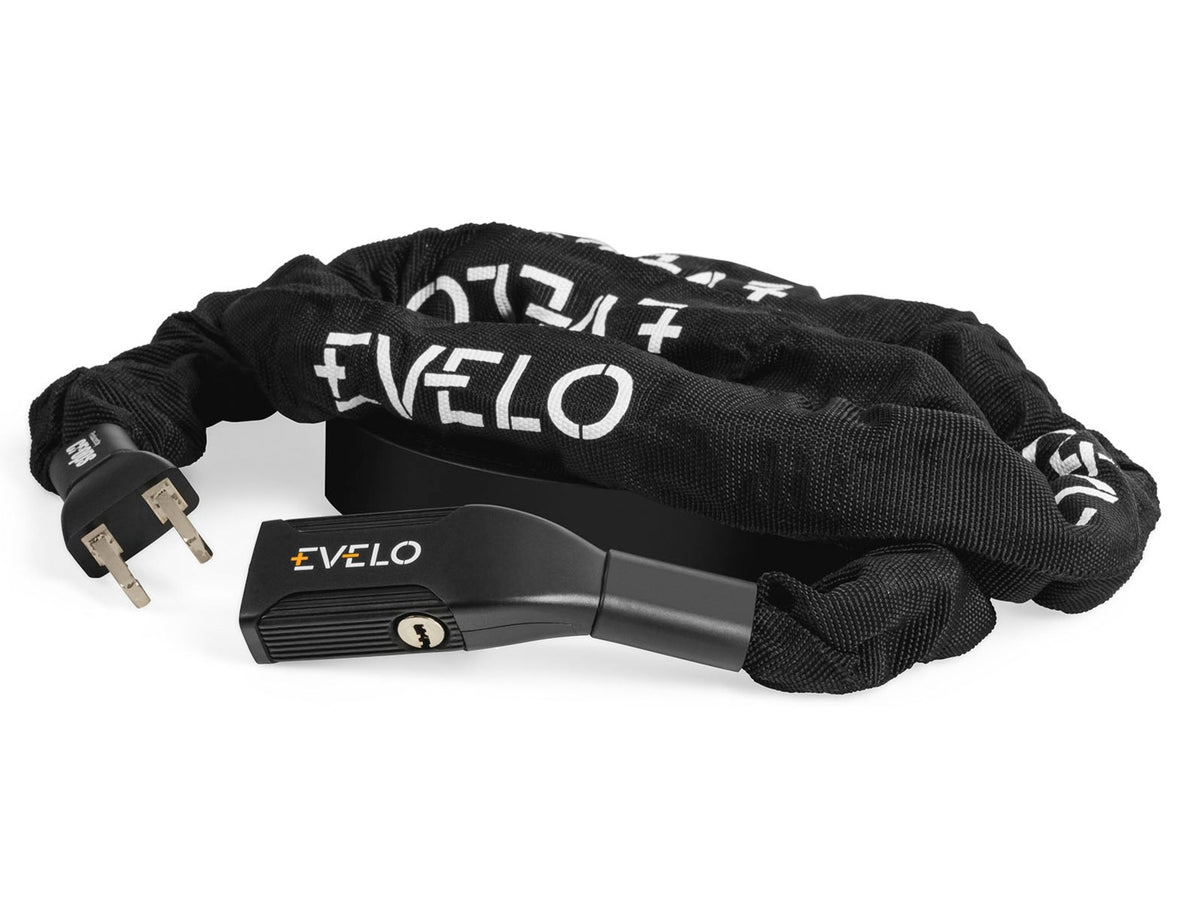




 Easy Assembly
Easy Assembly
 Service and Repairs
Service and Repairs
 Ebike Articles & Content
Ebike Articles & Content

